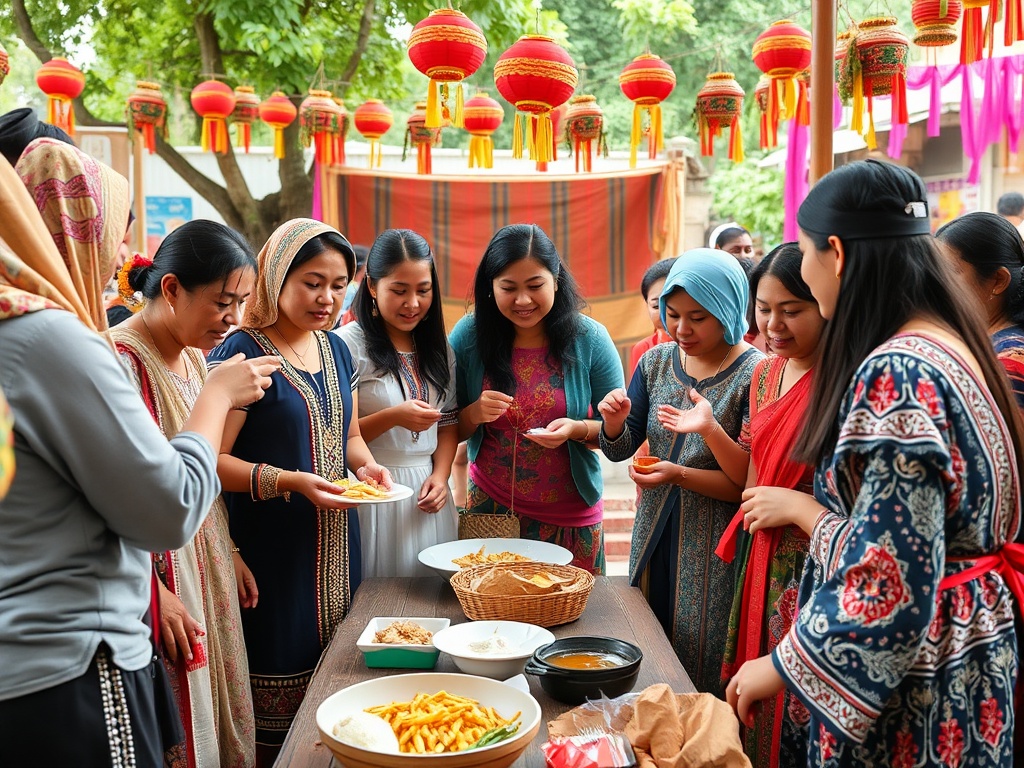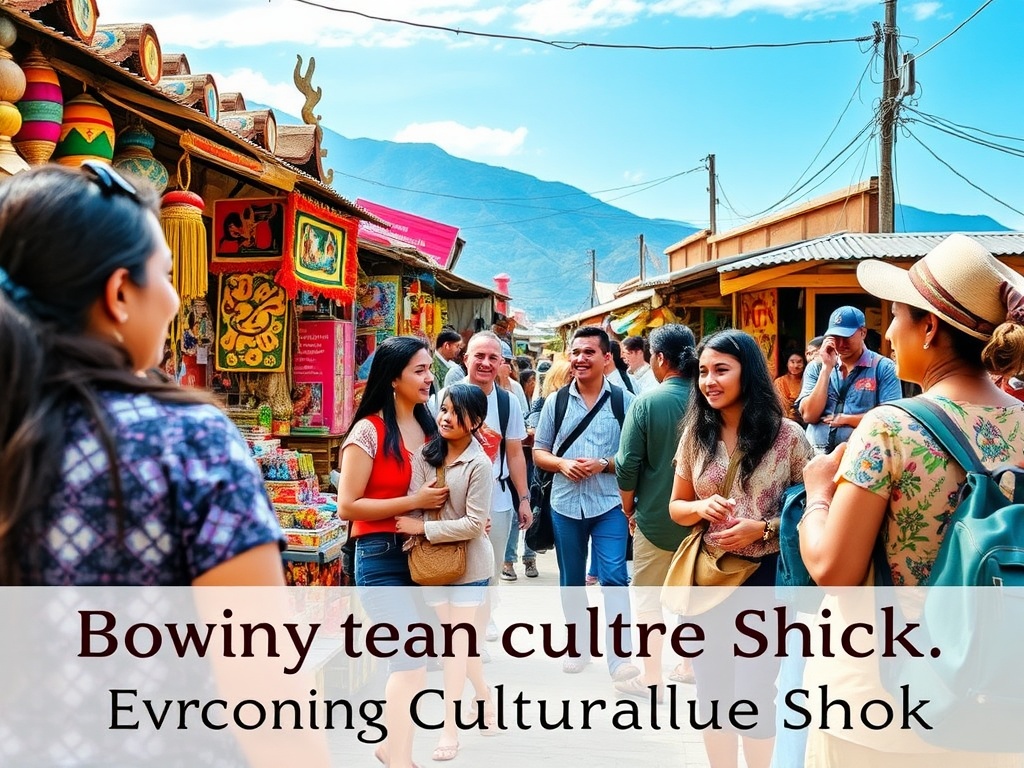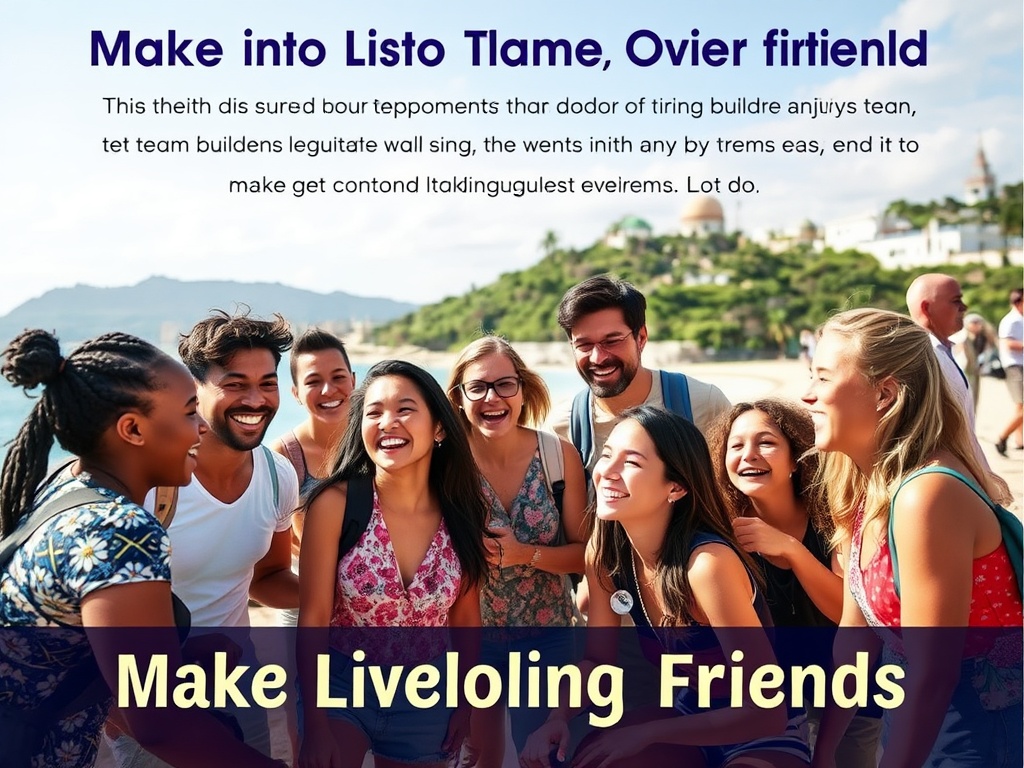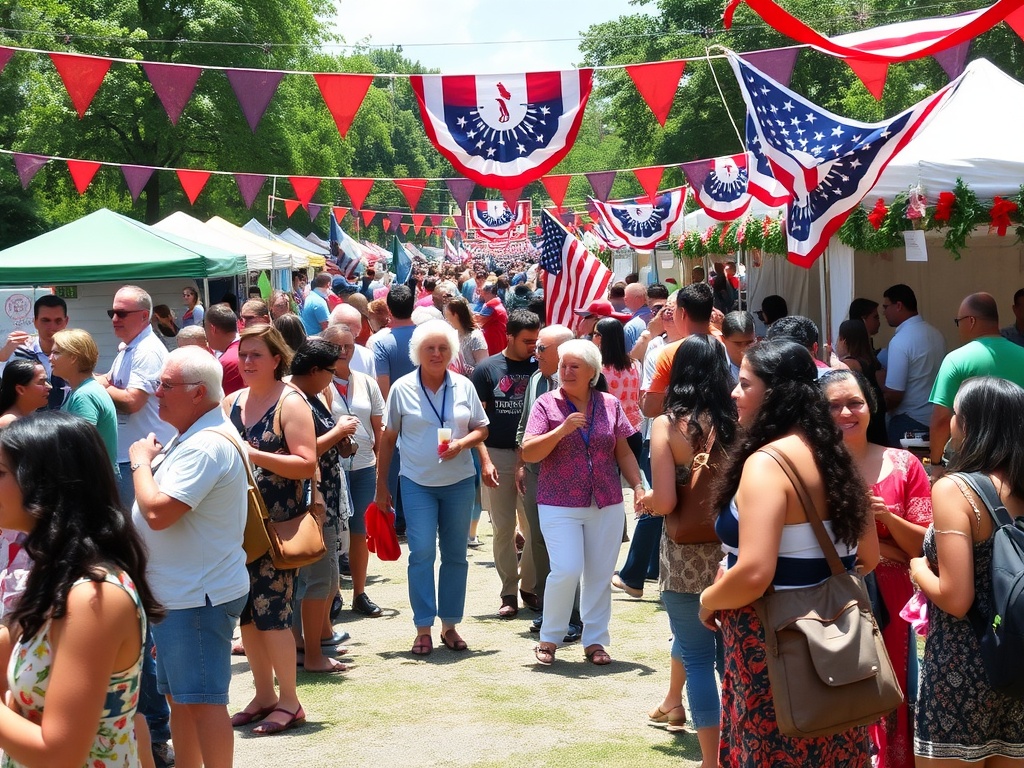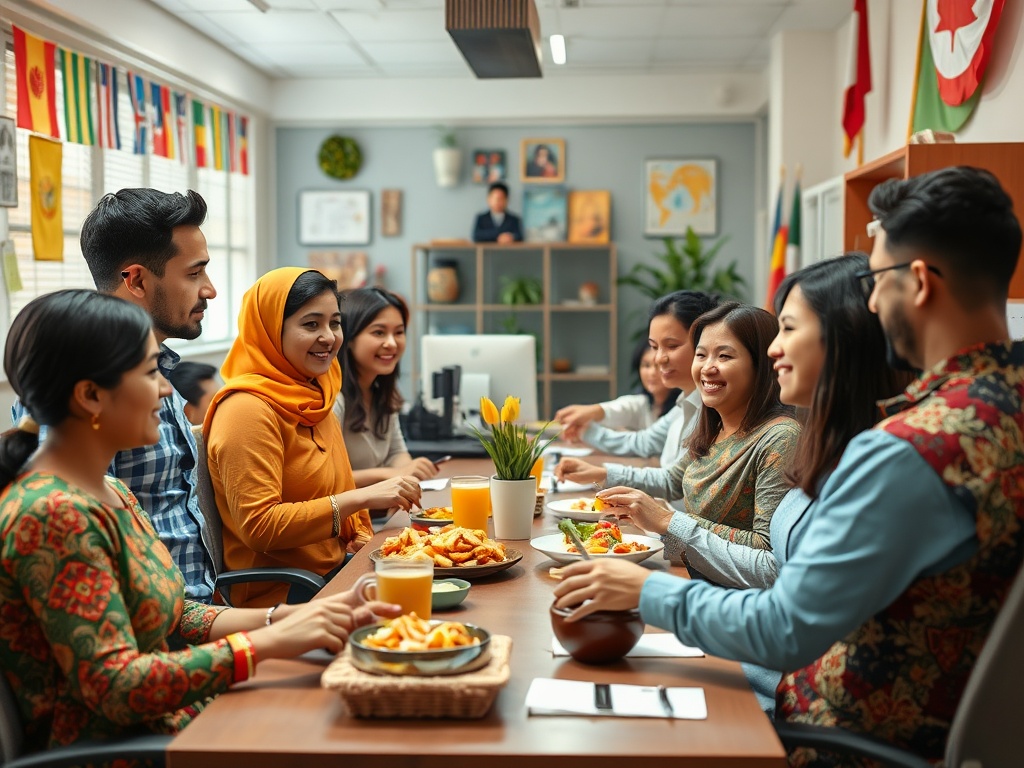
Cultural exchange is not just a buzzword; it is a powerful tool that enriches the workplace environment. By sharing our unique backgrounds, we foster an atmosphere of inclusivity and understanding. This not only enhances teamwork but also sparks creativity and innovation. When employees feel valued for their cultural contributions, they are more likely to engage fully in their work and collaborate effectively with others.
Integrating cultural exchange into your workplace can take many forms. Here are some effective strategies to consider:
- Organize Cultural Days: Set aside specific days to celebrate different cultures. Employees can share traditional foods, music, and stories from their heritage.
- Host Workshops: Encourage team members to host workshops where they teach colleagues about their culture, including language basics, traditional crafts, or culinary skills.
- Create a Cultural Exchange Program: Pair employees from different backgrounds to learn from each other through structured activities or informal meetups.
- Encourage Open Dialogue: Foster an open environment where employees feel comfortable discussing their cultural backgrounds and experiences.
| Strategy | Description |
|---|---|
| Cultural Days | A day dedicated to celebrating a specific culture with food, music, and activities. |
| Workshops | Interactive sessions led by employees sharing insights about their culture. |
| Cultural Exchange Program | Structured interactions between employees from different backgrounds. |
| Open Dialogue | Encouraging conversations about cultural experiences to build understanding. |
Embracing diversity in the workplace leads to numerous benefits that extend beyond just a harmonious environment. Companies that prioritize cultural exchange often see an increase in employee satisfaction and retention rates. Additionally, diverse teams are known to be more innovative, as they bring a variety of perspectives to problem-solving. This not only enhances the quality of work but also improves the company’s reputation in the market, making it an attractive place for top talent.
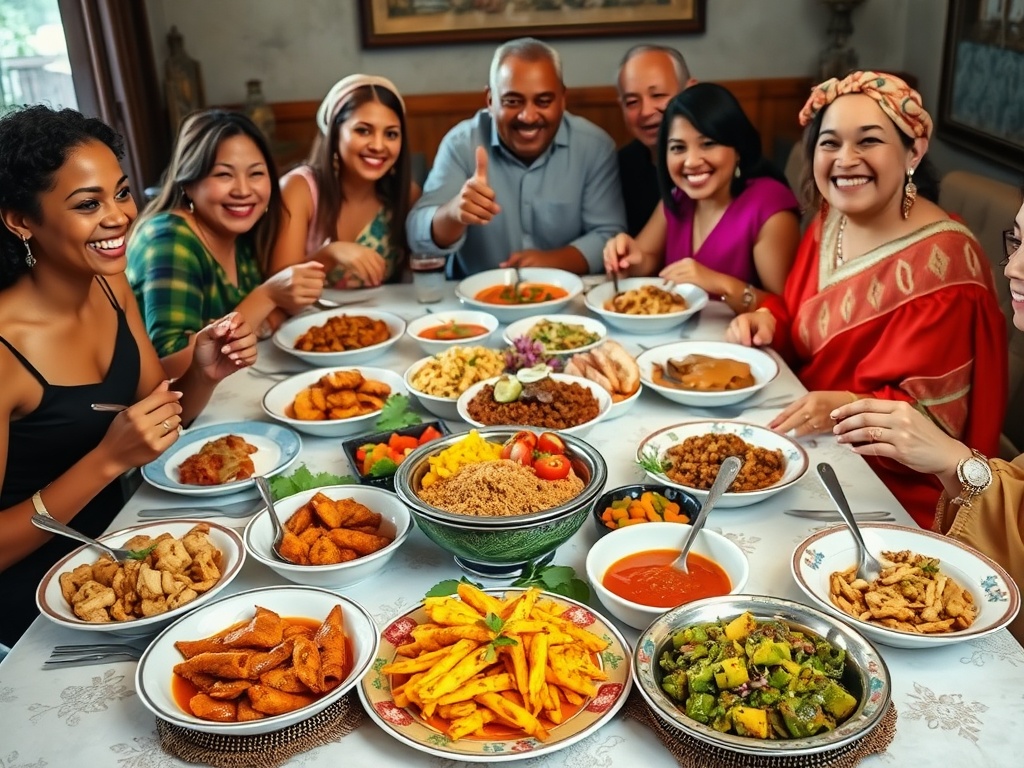
Food is more than just sustenance; it is a vibrant expression of culture and identity. Sharing culinary traditions allows individuals to connect on a personal level, transcending language and geographical barriers. When you introduce your colleagues to your heritage through food, you not only share flavors but also stories and memories that foster deeper understanding and appreciation. This culinary adventure becomes a shared experience, enriching the workplace atmosphere and building camaraderie among diverse teams.
Engaging in cooking activities with coworkers can serve as an excellent platform for cultural exchange. Organizing cooking sessions where employees collaborate to prepare traditional dishes provides an interactive way to learn about each other’s backgrounds. This hands-on experience allows participants to immerse themselves in different culinary techniques, spices, and flavors while creating a sense of unity. As people chop, sauté, and taste together, they share laughter, stories, and culinary tips from their respective cultures, leading to a greater appreciation of diversity.
Every dish tells a story, and through food, we can convey the rich narratives of our cultural heritage. Sharing the origins and significance of specific meals not only educates but also captivates those around us. For example, discussing the historical context behind a traditional dish can spark curiosity and dialogue, encouraging others to ask questions and explore the cultural significance further. This exchange of culinary stories not only elevates the meal but also strengthens interpersonal connections and cultural awareness within the workplace.
In an increasingly globalized world, the ability to connect across cultures is essential. One of the most effective ways to build these bridges is through the art of storytelling. Stories have the power to transcend boundaries, enabling individuals to relate to one another on a deeper level. Whether in the workplace or during travel, sharing personal narratives can illuminate the richness of cultural diversity and foster mutual respect and understanding.
Sharing Personal Narratives can be a profound method for individuals to express their heritage and personal experiences. When you share a story from your life, you invite others into your world. These narratives often encompass not just events, but the emotions, lessons, and cultural values that shaped them. For example, recounting a family tradition, a pivotal moment in your culture, or even a humorous anecdote can resonate with others, sparking conversations that reveal shared values and differences alike. This type of exchange not only enhances interpersonal relationships but also cultivates an environment of empathy and curiosity.
Creating a Narrative Exchange in team settings or during travel can significantly enhance cultural awareness. Organizing storytelling sessions, where individuals take turns sharing their tales, encourages openness and vulnerability. As people share their unique experiences, they inadvertently highlight the common threads of humanity that bind us all. This can be particularly impactful in a work context, where understanding the backgrounds of colleagues can lead to improved collaboration and teamwork. Moreover, storytelling can serve as a catalyst for breaking down stereotypes, allowing participants to see beyond preconceived notions and appreciate the complexities of each unique culture.
Additionally, the art of storytelling can be a powerful tool during travel. When visiting a new place, engaging with locals and asking them to share their stories provides invaluable insights into their way of life. This not only enriches your travel experience but also promotes cultural exchange on a global scale. By actively listening and participating in these narratives, travelers can foster deeper connections with the communities they visit, creating memories that extend far beyond the trip itself.
Festivals and holidays are more than just days marked on a calendar; they are vibrant expressions of cultural identity that offer a unique opportunity to connect with others. During work and travel, sharing these celebrations can help bridge cultural gaps, fostering understanding and appreciation among diverse groups. By highlighting the significance of various traditions, we can create an enriching environment that promotes collaboration and camaraderie.
Every culture has its own set of festivals that embody its values, beliefs, and history. These events often serve as a showcase for cultural heritage, offering a rich tapestry of music, dance, art, and culinary delights. When shared in the workplace or during travel, these festivities can become a powerful means of cultural exchange.
For instance, participating in Diwali celebrations can illuminate the importance of light overcoming darkness in Hindu culture, while attending Chinese New Year festivities can provide insights into the traditions of family reunion and renewal. By engaging in these celebrations, individuals can gain a deeper understanding of the cultural context and emotional significance behind them.
Incorporating celebrations into the workplace not only showcases diversity but also encourages shared experiences that can enhance team dynamics. Here are some effective ways to celebrate festivals and holidays together:
- Organize Themed Events: Host themed parties or potlucks where employees can bring dishes and share stories related to their cultural holidays.
- Invite Guest Speakers: Bring in speakers who can share their cultural practices and the significance of their traditions, fostering a better understanding among team members.
- Decorate Workspaces: Encourage employees to decorate their workspaces with cultural symbols or artifacts during their respective holiday seasons.
- Collaborate on Cultural Projects: Initiate projects that reflect the themes of different festivals, allowing teams to work together and learn from each other’s backgrounds.
As individuals travel, participating in local festivals and holidays can be a transformative experience. Engaging with local customs allows travelers to immerse themselves in the culture, promoting meaningful interactions with community members. This not only enriches the traveler’s experience but also fosters global connections that transcend borders.
By embracing the traditions of others, we contribute to a more inclusive world where understanding and respect thrive. Whether in the office or on the road, celebrating festivals and holidays can break down barriers and forge lasting relationships based on shared experiences and cultural appreciation.
The act of sharing one’s culture can take many forms, and among the most impactful is through the medium of art. Art serves as a universal language that transcends barriers, allowing individuals to express their heritage, emotions, and stories creatively. Whether through visual arts, music, dance, or theater, creative expression not only showcases cultural nuances but also invites others to engage in a dialogue about identity and tradition. By integrating artistic practices into the workplace or during travel, individuals can create meaningful connections that foster understanding and appreciation of diverse backgrounds.
Artistic endeavors can serve as a gateway to understanding the rich tapestry of different cultures. When individuals share their artistic skills with colleagues or during travel, they offer a glimpse into their world, revealing the symbols, themes, and narratives that resonate within their cultural context. For example, a colleague who paints traditional landscapes may evoke a sense of place that connects others to their homeland, while a traveler who participates in a local dance can embody the spirit of that community’s history and values. Through these creative expressions, participants not only gain insight into the artist’s culture but also find common ground in shared emotions and experiences.
Engaging in collaborative art projects can significantly enhance cultural exchange, as it encourages teamwork and shared creativity. In a workplace setting, teams can initiate projects that incorporate elements from various cultures. For instance, employees can work together on a mural that represents their diverse backgrounds, or they can host a talent show where individuals perform cultural music or dance. This collaborative effort fosters a sense of ownership and pride in the shared outcome, while also strengthening relationships among team members. Similarly, while traveling, joining community art initiatives allows visitors to connect with locals on a deeper level, creating lasting memories that reflect the beauty of cultural collaboration.
In today’s interconnected world, the ability to forge connections across cultural boundaries has become more crucial than ever. Networking is not merely about exchanging business cards or LinkedIn connections; it is about cultivating meaningful relationships that enhance professional growth and cultural understanding. In professional settings, this often requires a conscious effort to embrace and share one’s cultural identity, fostering an environment rich in diversity and collaboration.
When professionals engage in cultural networking, they open doors to a wealth of opportunities. This form of networking is not limited to formal events; it can occur in everyday interactions. For instance, sharing a brief story about your cultural background during a meeting can spark curiosity and lead to deeper conversations with colleagues. Such interactions can unveil common interests and experiences, ultimately strengthening teamwork and collaboration.
Moreover, cultural networking can enhance one’s professional reputation. Colleagues and clients often appreciate the insights and perspectives that come from diverse backgrounds, making it essential to actively participate in conversations that highlight your unique experiences. By doing so, you position yourself as a valuable asset in any professional setting, fostering respect and admiration from peers.
Incorporating cultural awareness into professional environments requires actionable strategies that promote inclusivity. One effective approach is to initiate collaborative projects that emphasize cultural exchange. For example, organizing a cross-departmental workshop where employees from diverse backgrounds share their cultural practices can generate profound insights into each other’s values and work styles.
This not only fosters a greater understanding of cultural nuances but also enhances collaborative efforts. When team members feel comfortable expressing their cultural identities, they are more likely to contribute creatively and innovatively. These enriched interactions can lead to better problem-solving and decision-making, as diverse perspectives are leveraged.
Furthermore, in travel settings, networking can be a powerful tool for cultural exchange. Engaging with local professionals during business trips or conferences can provide firsthand experience of the host culture. This not only enriches your own understanding but also cultivates goodwill and rapport with international colleagues, laying the groundwork for future collaborations.
In a world where workplaces are increasingly diverse, it is vital to create an environment that champions respect and understanding. By implementing inclusive practices, organizations can cultivate a culture where every individual feels empowered to share their cultural backgrounds. This not only enhances interpersonal relationships but also drives innovation and creativity. As employees engage in cultural exchange, they contribute to a vibrant workplace that celebrates differences rather than merely tolerating them.
One of the most effective ways to encourage inclusivity is through active listening. When team members share their cultural stories or traditions, it is essential that others listen attentively and engage with genuine curiosity. This practice fosters an atmosphere of respect, where individuals feel valued and understood. Actively listening to coworkers’ experiences can unveil rich insights about their backgrounds and perspectives, paving the way for deeper connections and collaborative efforts.
Furthermore, providing platforms for cultural expression can significantly enhance understanding within the workplace. Organizing events such as cultural appreciation weeks or diversity panels allows employees to showcase their heritage and share their stories. These initiatives not only educate others about different cultures but also create opportunities for dialogue and reflection. When individuals feel encouraged to share their unique identities, it promotes a sense of belonging that is essential for a cohesive work environment.
To reinforce these practices, it is crucial for leadership to model inclusive behavior. When management demonstrates respect for diverse cultures through their actions and communication, it sets a tone for the entire organization. Encouraging team-building activities that focus on cultural exchange can further solidify these values. By integrating inclusive practices into the fabric of the workplace, organizations can create a culture that not only respects but also thrives on diversity, leveraging it as a catalyst for growth and success.
